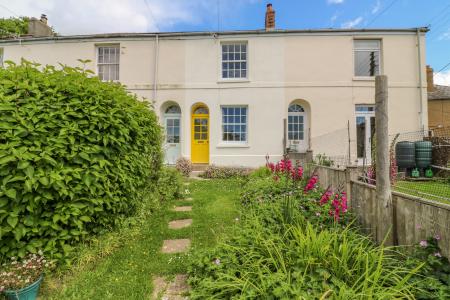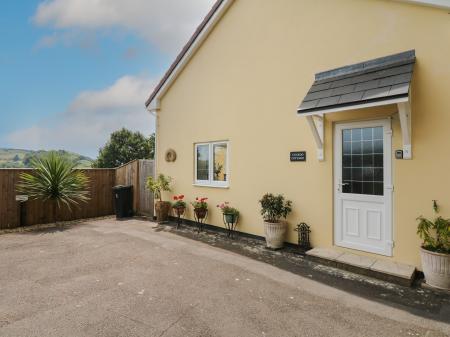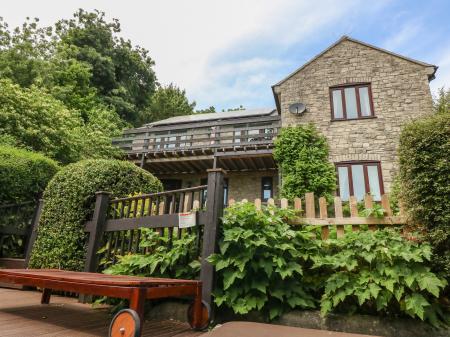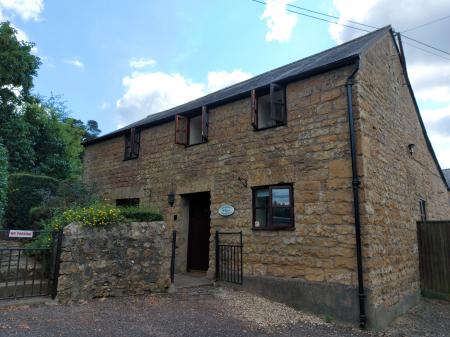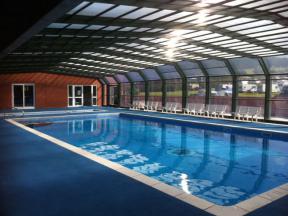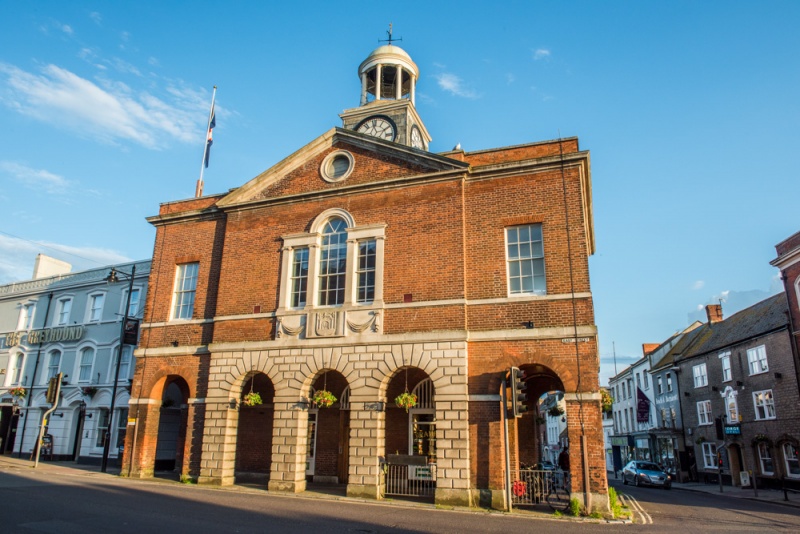
History
The town was recorded in the Domesday Book of 1086 as 'Brideport', with over 100 houses, and in 1253 it was made a royal borough by Henry II.
The long association of Bridport with rope-making began at the instigation of King John. According to tradition, in 1231 King John ordered that Bridport work to produce cables and ropes 24 hours per day for his army and navy. From these beginnings, Bridport came to be almost synonymous with rope-making.
At first, both rope and nets were made from locally-grown hemp and flax. Bridport's long, straight main street was used as a place to lay out ropes for drying. Ropes used for gallows were among the products made here, giving rise to the euphemism 'o be stabbed with a Bridport dagger' to refer to hanging. Bridport also made cables for the British navy, and fishing nets as well. Most of the historic core of the town dates to the 18th century.
The Chantry
The oldest building in Bridport is The Chantry on South Street, built sometime in the 13th century, or perhaps even earlier. It was originally a lighthouse signalling to boats navigating the River Brit, and later a priest's residence. For several years the building was preserved by the Vivat Trust, and open to the public on an annual Open Day, but since the demise of the Trust, The Chantry has reverted to a private dwelling.
St Mary's Church
This beautiful 13th-century building probably stands on the site of a much earlier Saxon church. The oldest parts of the building are the transepts, while the rest is 15th century and a very good example of Perpendicular Gothic style.
Look for the Monmouth Brass in St Catherine's Chapel, commemorating Edward Coker, who was shot and killed by one of the Duke of Monmouth's officers in East Street during the short-lived Monmouth Rebellion of 1685.
Literary and Scientific Institute
Situated on East Street, the Institute was strongly linked to artist Fra Newbury, who grew up here and was first a student, then a teacher, at the Institute. Newbury went on to become Director of the Glasgow School of Art, where he taught Charles Rennie MacIntosh, among others.
A collection of original works by Newbury hang in the Town Hall. As for the Institute itself, when we visited it was boarded up and looked like it had not been used for several years. Hopefully, it can be rescued from decay.
Town Hall
The most iconic building in the town centre is the Town Hall, built in 1786, though the eye-catching cupola and clock-tower were only added 2 decades later. The Town Hall was built on the site of a market house destroyed by fire in 1782. When the Hall opened in 1786 it housed no less than 37 butchers' stalls on the ground floor.
Bridport Museum
This impressive museum on South Street is housed in a grand Jacobean building and offers displays of the area's history and a gallery of local artwork. See Roman artefacts, textiles, and a hat display, but the largest and most fascinating exhibits cover the rope-making heritage of the town.
Four miles from Bridport is the Elizabethan manor of Mapperton House.






 We've 'tagged' this attraction information to help you find related historic attractions and learn more about major time periods mentioned.
We've 'tagged' this attraction information to help you find related historic attractions and learn more about major time periods mentioned.